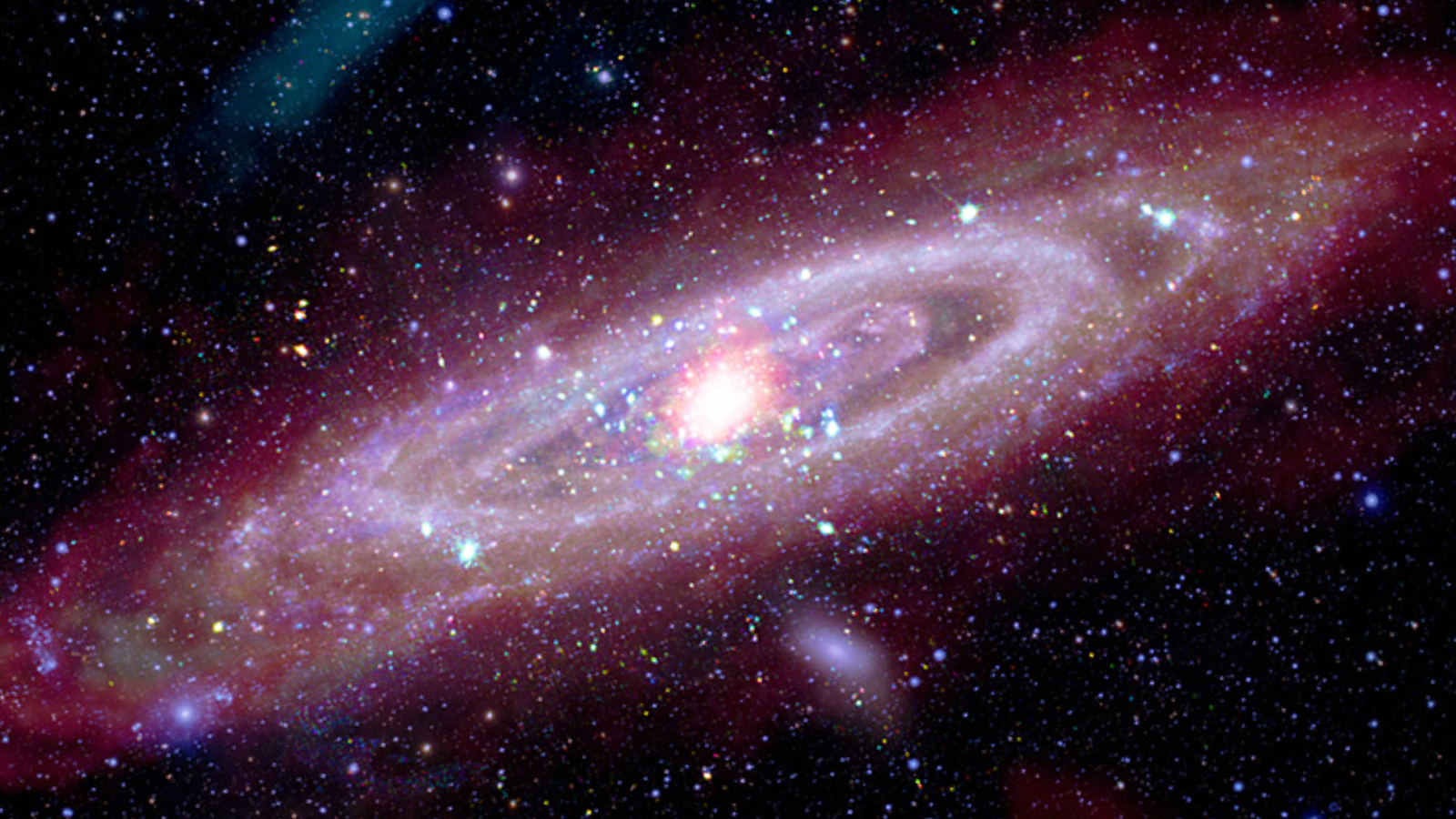The Science of 'Interstellar' Explained (Infographic)

Warning: SPOILER ALERT! This infographic contains details about the new space film "Interstellar."
The film "Interstellar" relies on real science for many of its stunning visuals. Physicist Kip Thorne, an expert on black holes and wormholes, provided the math that the special effects artists turned into movie magic.
The spaceship Endurance's destination is Gargantua, a fictional supermassive black hole with a mass 100 million times that of the sun. It lies 10 billion light-years from Earth and is orbited by several planets. Gargantua rotates at an astounding 99.8 percent of the speed of light.
"Interstellar" in Pictures: A Space Epic Gallery
Gargantua's accretion disc contains gas and dust with the temperature of the surface of the sun. The disc provides light and heat to Gargantua's planets.
The black hole's complex appearance in the film is due to the image of the accretion disc being warped by gravitational lensing into two images: one looping over the black hole and the other under it.
One feature of Einstein's equations is that time passes slower in higher gravity fields. So on a planet orbiting close to a black hole, a clock ticks much more slowly than on a spaceship orbiting farther away.
Warp Drives & Wormholes (Video)
Our three-dimensional universe can be thought of as a flat membrane (or "brane") floating in a four-dimensional void called the "Bulk." The presence of mass distorts the membrane as if it were a rubber sheet.
If enough mass is concentrated at a point, a singularity is formed. Objects approaching the singularity pass through an event horizon from which they can never return. If two singularities in far-apart locations could be merged, a wormhole tunnel through the Bulk could be formed. Such wormholes cannot form naturally, however.
Beings able to control gravity and travel through the Bulk could create wormholes and cross space much faster than light.
In two-dimensional diagrams, the wormhole mouth is shown as a circle. Seen in person, a wormhole would be a sphere. A gravitationally distorted view of space on the other side can be seen on the sphere's surface.
The film's wormhole is 1.25 miles (2 kilometers) in diameter and 10 billion light-years long.
- How Interstellar Space Travel Works (Infographic)
- Latest News About Black Holes
- Gallery: Visions of Interstellar Starship Travel
Follow us @Spacedotcom, Facebook and Google+.
Join our Space Forums to keep talking space on the latest missions, night sky and more! And if you have a news tip, correction or comment, let us know at: community@space.com.
Breaking space news, the latest updates on rocket launches, skywatching events and more!

Karl's association with Space.com goes back to 2000, when he was hired to produce interactive Flash graphics. From 2010 to 2016, Karl worked as an infographics specialist across all editorial properties of Purch (formerly known as TechMediaNetwork). Before joining Space.com, Karl spent 11 years at the New York headquarters of The Associated Press, creating news graphics for use around the world in newspapers and on the web. He has a degree in graphic design from Louisiana State University and now works as a freelance graphic designer in New York City.
